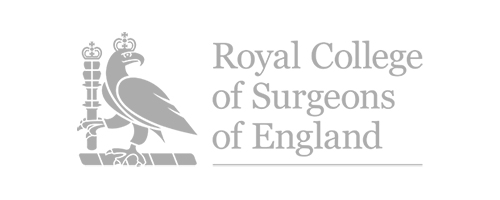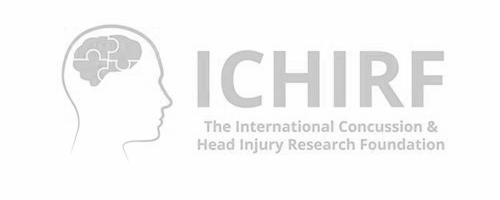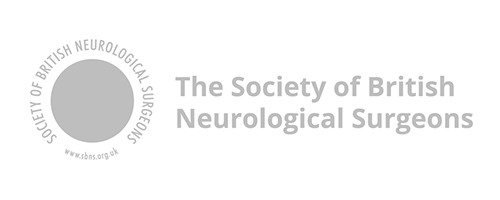BRAIN BIOPSY PROCEDURES
BRAIN BIOPSY
A brain biopsy is a medical procedure that involves removing a tissue sample from the brain. Doctors order brain biopsies to help them diagnose suspected brain cancer. The procedure is essential when noninvasive techniques, such as imaging, cannot provide a conclusive diagnosis for the suspected health issue.
Some biopsies are minimally invasive. They involve a needle and imaging guidance to target and collect tissue samples. Others require open access to the brain tissue through the skull.
Types of Brain Biopsy
There are two primary types of brain biopsies:
- Stereotactic needle biopsy: This minimally invasive approach uses precise imaging guidance to target and collect a tissue sample from the brain. Doctors may prefer it for lesions that occur deep within the brain. Doctors most oftenTrusted Source use this type of biopsy technique.
- Open brain biopsy: In this procedure, a neurosurgeon creates a small opening in the skull to access the brain tissue directly. They may use it for more extensive tissue sampling or when the lesion’s location makes stereotactic biopsy challenging.
The Procedure
The following occurs during a brain biopsy:
- Anesthesia administration: This is where a person receives either local or general anesthesia. This helps ensure comfort and minimizes any discomfort or pain during the procedure.
- Stereotactic needle biopsy technique: Doctors use precise and advanced imaging techniques to guide a thin, hollow needle to the target area within the brain tissue.
- Open brain biopsy: Alternatively, for an open brain biopsy, a neurosurgeon temporarily removes a small section of the skull. This opening allows direct access to the brain tissue that requires examination.
- Tissue collection and analysis: The doctor carefully collects a brain tissue sample. The team then promptly sends the tissue sample to a laboratory for thorough analysis to determine if there are any neurological conditions or issues.
After collecting the brain tissue sample, a pathologist conducts a thorough examination. The results provide detailed insights into the characteristics of the cells, including if they are benign or malignant, infectious, or inflammatory. This information helps doctors shape treatment strategies and clinical decisions.
A brain biopsy is a diagnostic procedure doctors use to obtain brain tissue for examination. Most people have them as they are less invasive and involve a faster recovery. The other type of biopsy involves accessing the brain through a hole that doctors cut in the skull.
Both types of biopsy are safe procedures that provide doctors with critical information they cannot determine from imaging studies alone.










